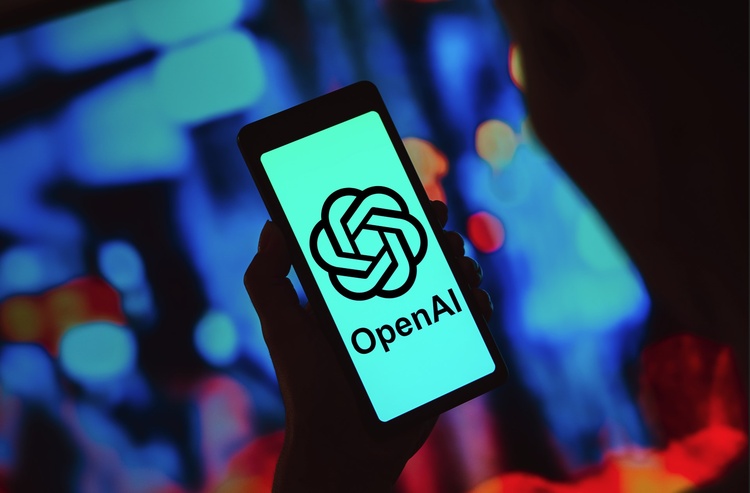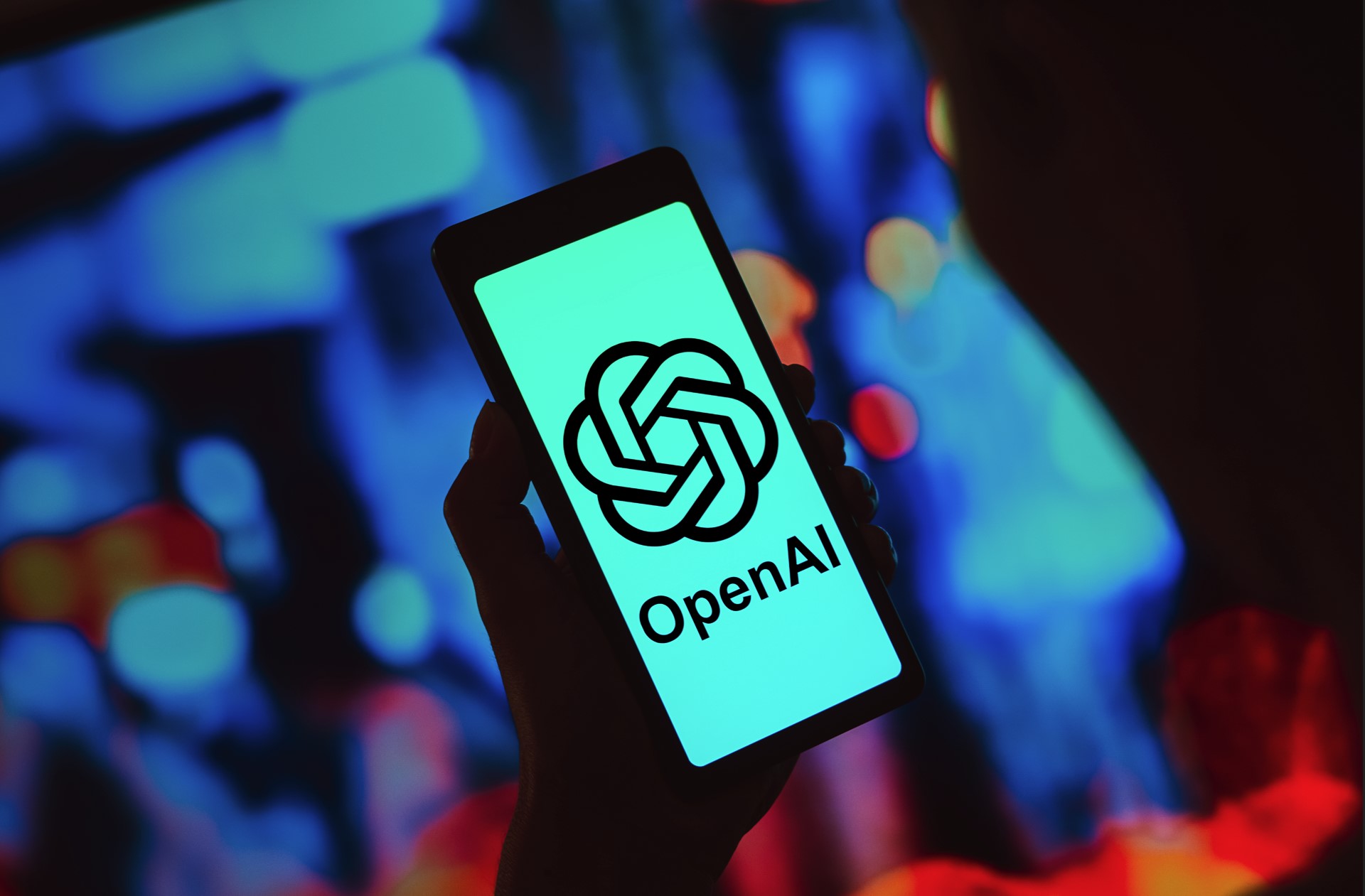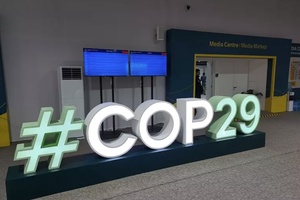On the one hand, it may be the case that what is called Artificial General Intelligence enslaves or kills us. Perhaps our values won’t align, and in pursuing its own ends we become collateral damage. Or maybe it won’t even think about humans, just as many of us pay scant attention to the plight of the spider whose web we wipe away when cleaning, or the sweet baby lamb in our kebab.
On the other hand, maybe we’ll create a benevolent God that solves all our problems like poverty, disease and the need to earn a living.
This is the crux of the two extremes that permeate public discourse on the subject, with an entire spectrum of contingencies leading from one to the other (that this writer does not pretend to be an expert on).
For the moment, let’s bury our heads in sand regarding the former premise and focus on the possibility that our lives might improve with the help of our new digital overlords.
To see how this might be possible in practical terms, we don’t need to look beyond right here in Melbourne.
Maria Sabo has been teaching Italian at Emmaus College in Vermont South going on 28 years, and has recently begun using ChatGPT for assistance.
Sabo hasn’t utilised AI in the classroom just yet, for now preferring to keep it as a “teacher resource”.
“For example, if we get an Excel spreadsheet from Education Perfect, I can then put that into ChatGPT and it’ll give me an analysis,” explains Sabo.
“I can give it all the items that I need for the Victorian curriculum, pop it in and ask it to give me the scope and sequence for ten weeks and it’ll give me a plan.
“So basically, we’re using it to work smarter, not harder.”
Sabo and her class are soon to experiment with a ChatGPT plugin, or add-on, that sounds like it comes from a science fiction movie.
“We can actually speak to it,” Sabo reveals.
“The kids can speak to ChatGPT in Italian and ask it to start examining them with some questions, and ChatGPT will talk back in Italian.
“And I can be very specific. I can say I want five activities [and] I want some of those activities to include questions.
“I’ll tell [it] everything that I want [it] to generate, and it’ll generally give me a pretty logical sequence.”
The relationship between Sabo and ChatGPT is almost a collaborative one, with the teacher explaining the human input is of paramount importance.
“The more you put in the better it is,” she says.
“You need to be specific to get a really good outcome, so it’s all about excellent prompt writing.
“If you’ve got your prompt writing down pat, it will give you an amazing result and that result is still yours.”
Sabo is careful not to give ChatGPT too much of the credit.
“It’s still your work because it’s your ingredients that you’re putting into the prompt, no one else,” she posits.
Because of time constraints, Sabo says the material ChatGPT contributes to her lessons would be impossible for her to do solo.
“[If I thought], ‘I’d love to give the students five sample essays on a particular topic’ - I would never have been able to sit down and write those - not in a million years,” admits Sabo.
“I would never, my mind would have been dreaming.”
Maybe AI does end badly for humanity. But until then, at least someone is living the dream.












